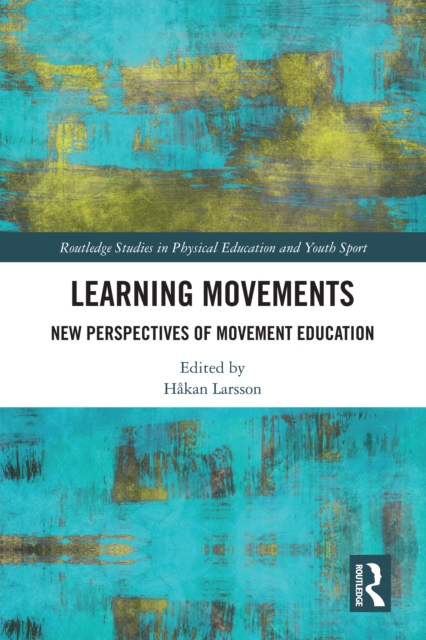
Learning Movements
Contemporary ways of understanding human movements, specifically movement learning, are heavily dominated by individualistic, dualistic and mechanistic perspectives. These perspectives are individualistic in the sense that in research as well as in educational practice movements/movers are typically decontextualized, they are dualistic in the sense that the body is taken to be ‘inhabited’, even ‘g...
Contemporary ways of understanding human movements, specifically movement learning, are heavily dominated by individualistic, dualistic and mechanistic perspectives. These perspectives are individualistic in the sense that in research as well as in educational practice movements/movers are typically decontextualized, they are dualistic in the sense that the body is taken to be ‘inhabited’, even ‘g...